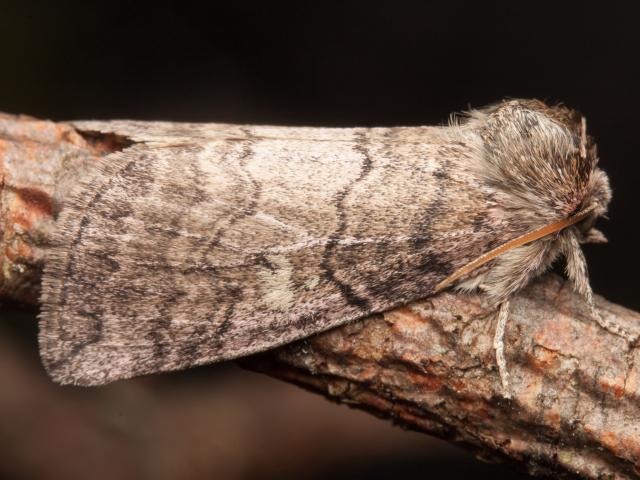
Poplar Lutestring
The adults can be identified by pale grey forewings with two dark brown cross-bands. In the darker form f. nubilata the forewings are mostly brown but the cross lines are still visible. They fly from early dusk and are attracted to light.
The caterpillars can be found from April to early July feeding at night and resting between two leaves spun flat together during the day. They overwinter as eggs attached to the foodplant.
Pedunculate Oak (Quercus robur) and Sessile Oak (Quercus patraea)
Well-established broadleaved woodland with mature oaks
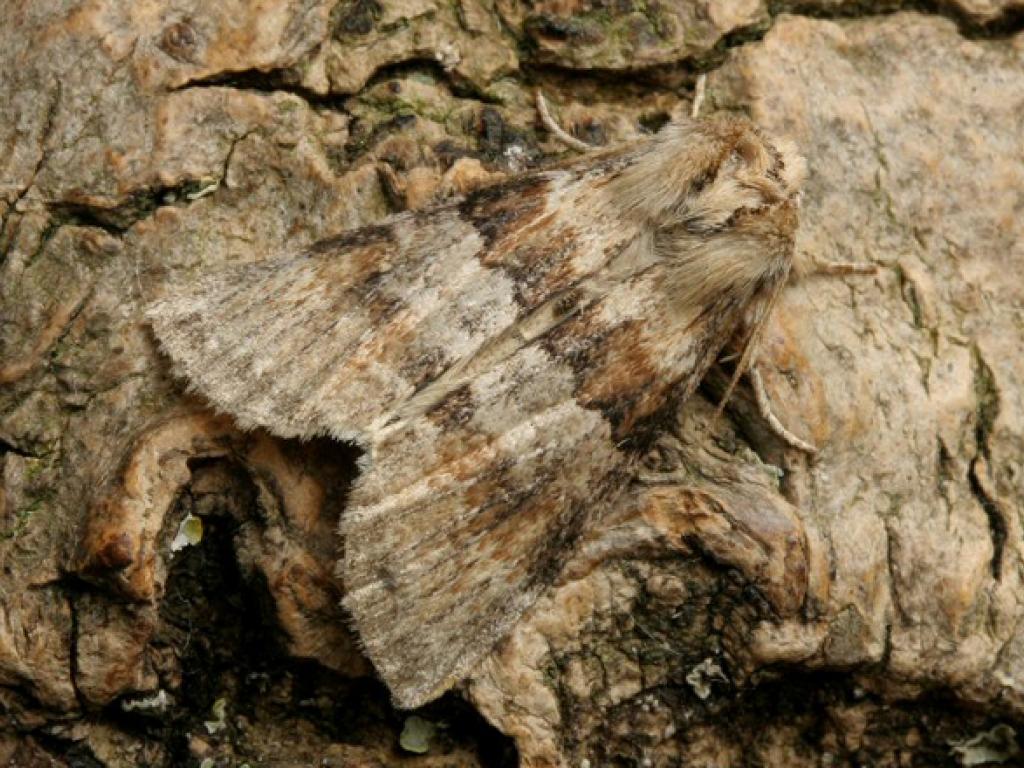
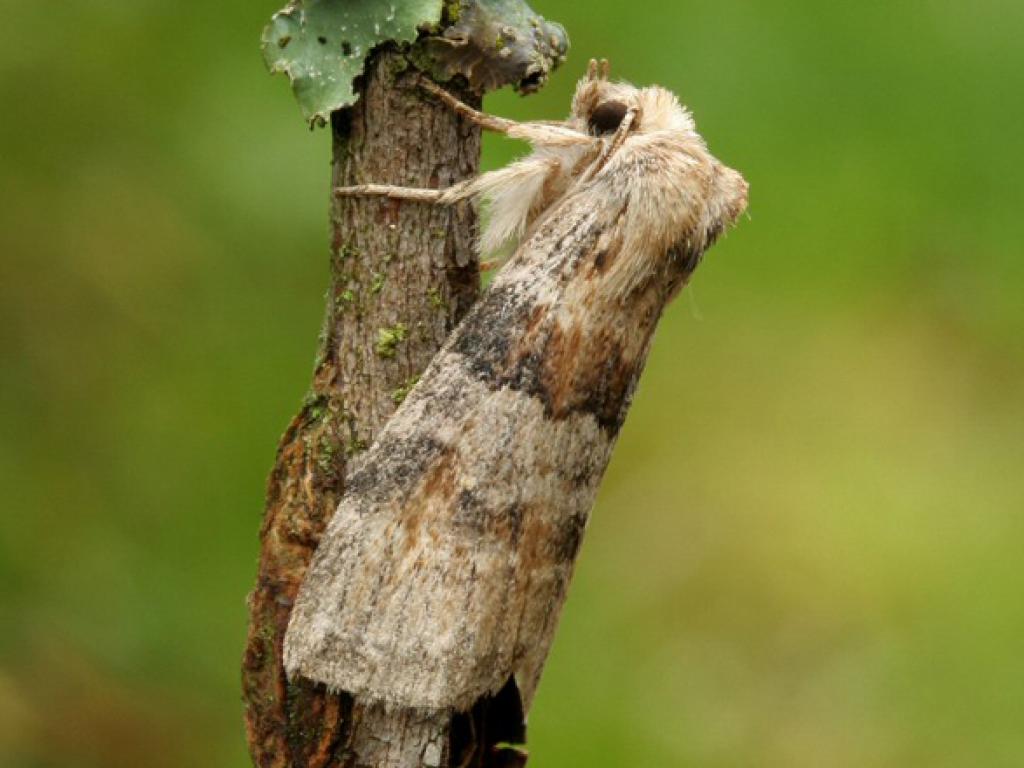
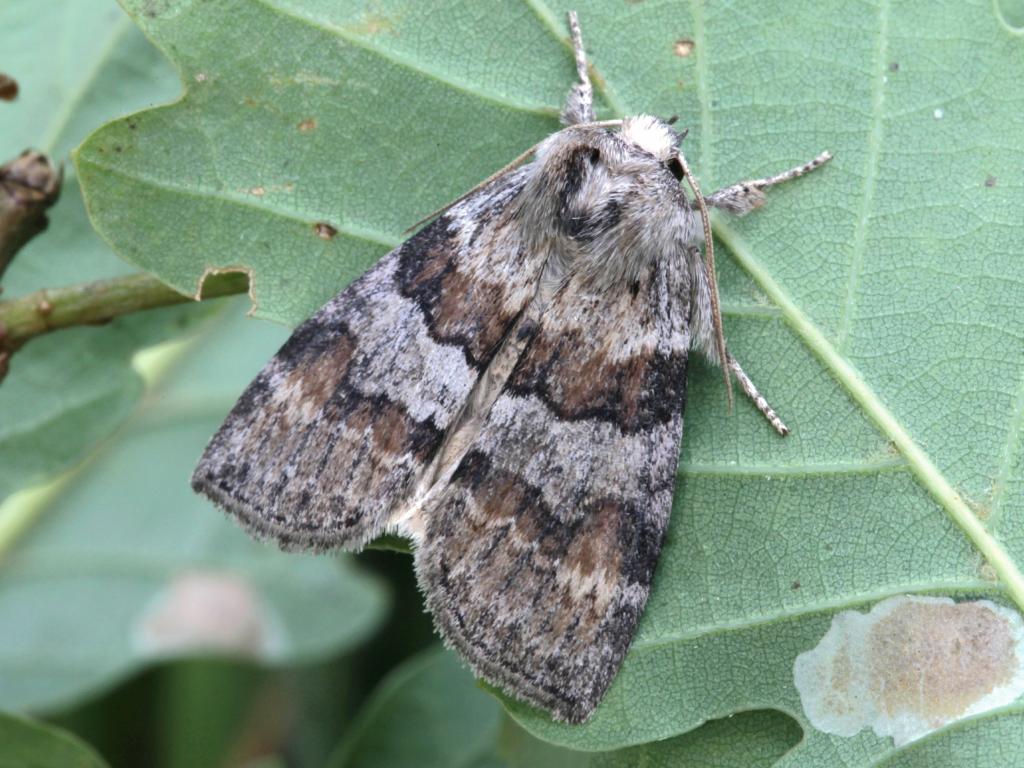
Oak Lutestring - Garry Barlow
Garry Barlow
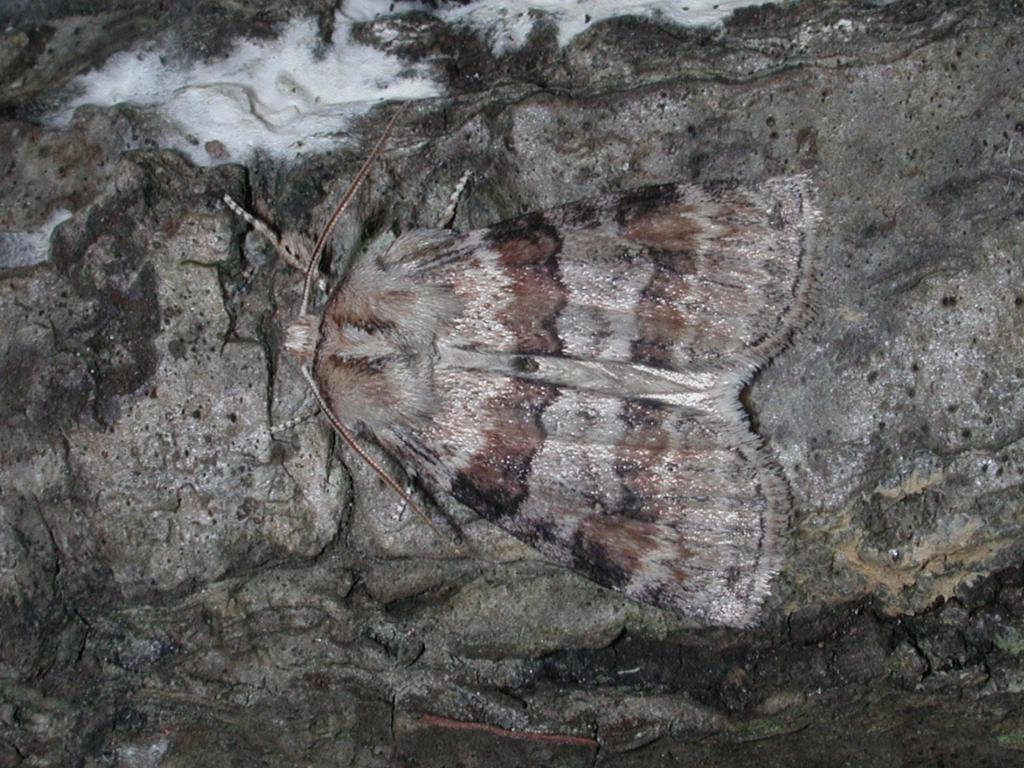
Oak Lutestring - Stuart Read
Stuart Read